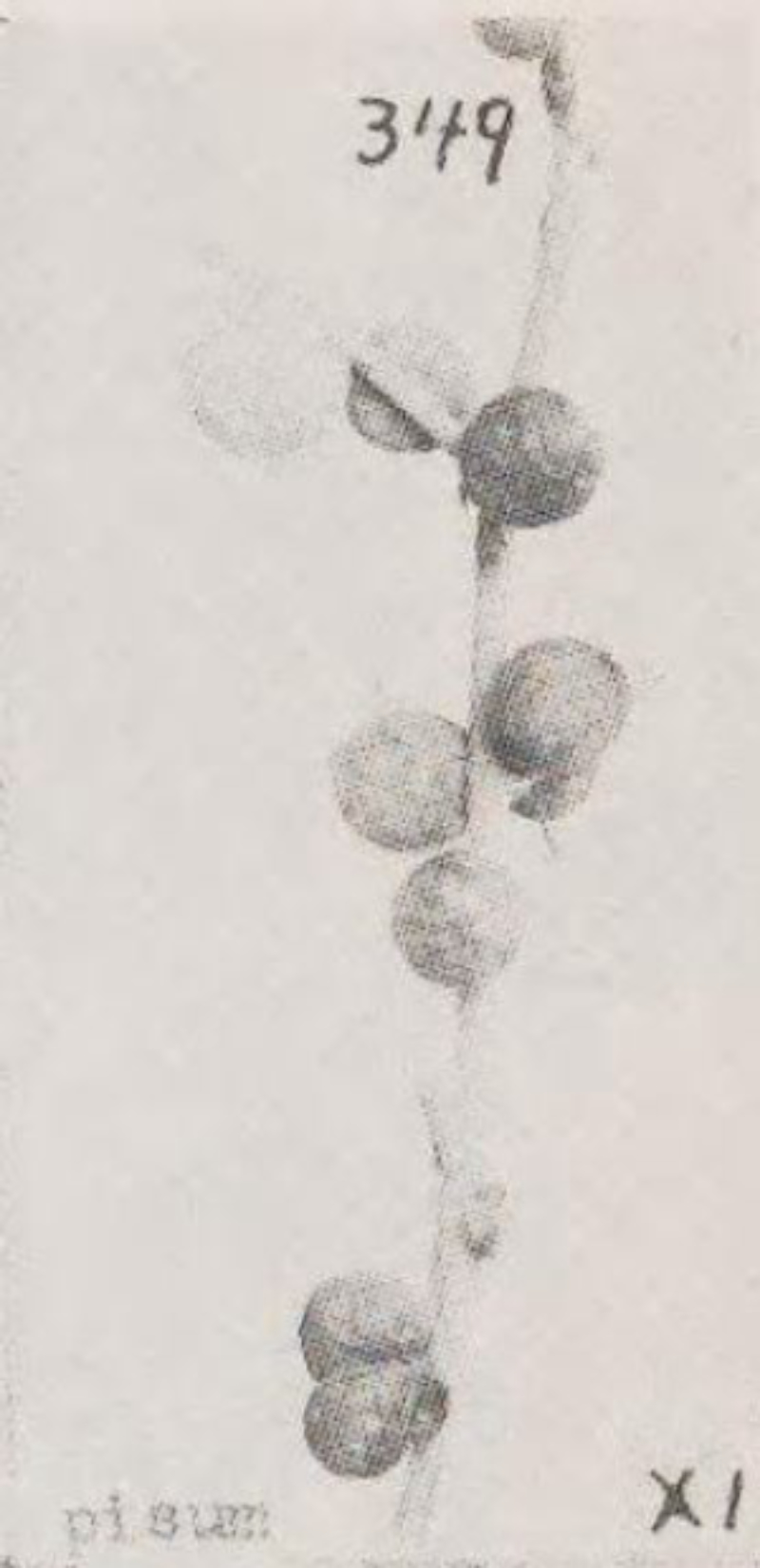Antistrophus pisum
Lygodesmiae pisum, new species
There is a rush-like plant about a foot high, with slender sprangling stems and a few rigid lance-shaped leaves, which inhabits Nebraska and the regions to the east and north of that territory, and is known to botanists as Lygodesmia juncea. On the stems of this plant there often grows a profusion of round or oval pea- like galls, ranging in diameter from 1/4 to 1/2 an inch, such as are represented in the annexed Figure 47. In the autumn each of these galls contains, in a central cavity about one-tenth of an inch in diameter, a fat yellow legless maggot, with a large round head and robust jaws tipped with black. Except the central cell, the rest of the gall consists of a dense whitish spongy matter, which ultimately becomes so hard as to be penetrated with some difticulty by the thumb-nail. About the middle of the following May there eats its way out of the gall, through a small pin-hole (Fig. 47, a), a black Gall-fly about one-eighth of an inch long, which scarcely differs in general appearance from the Oak-plum Gall fly (Vol. I. p. 104, Fig. 81) except in being so much smaller and in lacking the dark shade on the front wings. This Gall-fly is entirely new to science, and, as we have already explained, it is especially interesting because — growing as it does on a group of plants not hitherto known to be infested by Gall-flies — it presents structural characters different from those found in any other Gall-fly. In other words, a new genus has to be established to receive it, besides giving the characters separating it from any other species belonging to the same genus, which may hereafter be discovered. But as such details as these are only of interest to the scientific reader, we shall throw them into the form of an Appendix — to be "skipped " at discretion by the general reader.
”- BD Walsh, CV Riley: (1869) Galls and their architects©
Reference: https://www.biodiversitylibrary.org/page/32620520#page/89/mode/1up




